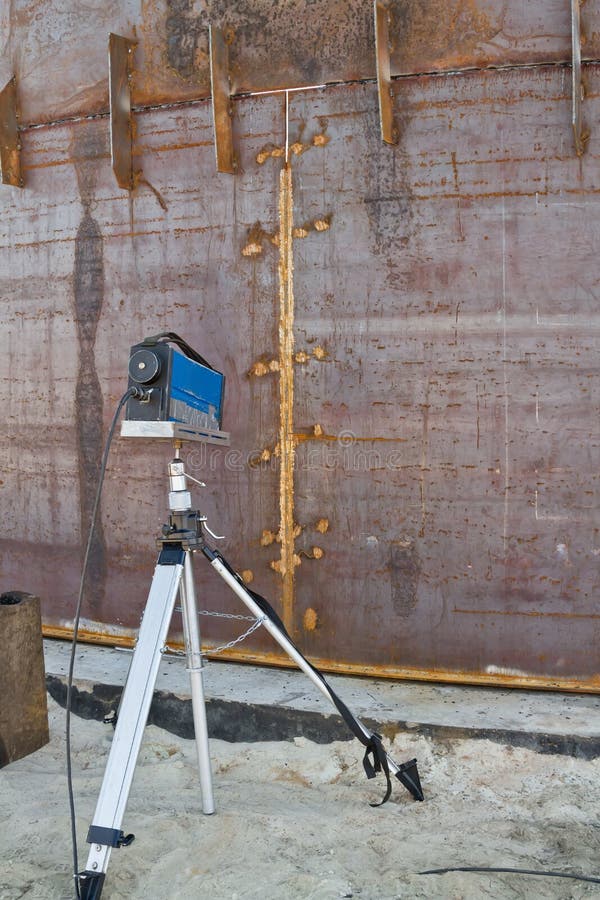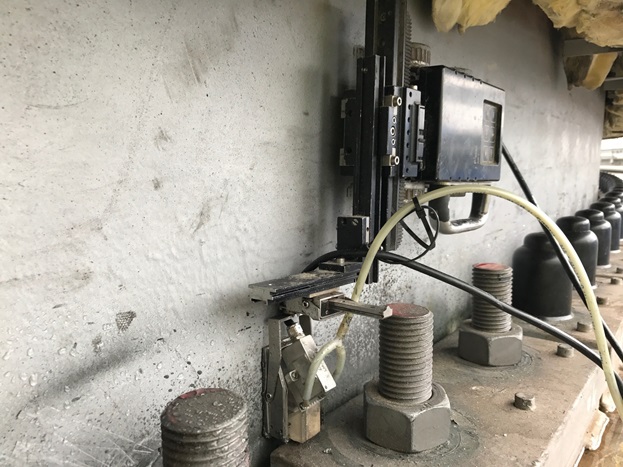
Comprehending the Relevance of Rigorous Container Welding Assessment Processes in Averting Failures and Enhancing Lifespan
In the realm of commercial procedures, the significance of extensive storage tank welding assessment processes can not be overemphasized. These evaluations function as an essential line of defense against possible failures that could not just compromise asset honesty yet likewise present severe safety threats. By carrying out various assessment methodologies, companies can identify defects early, thereby preventing expensive consequences and prolonging the life of their tank. The landscape of compliance and finest methods is ever-evolving, triggering a more detailed examination of just how these procedures can be optimized for optimum performance. What are the arising trends and challenges that experts must browse?
Importance of Welding Inspections
Identifying the crucial duty of welding evaluations in preserving structural honesty, these processes make certain that welds meet well established criteria and specs - Tank Welding Inspection. Effective welding examinations are critical in the construction and upkeep of storage tanks, as they directly impact the longevity and safety of the frameworks. By recognizing possible deficiencies, such as incorrect methods or product defects, evaluations mitigate the threat of tragic failures
Welding examinations incorporate numerous methodologies, consisting of aesthetic examinations, non-destructive testing (NDT), and assessments of welding treatments. Each technique serves to confirm the top quality and compliance of welds with sector guidelines, consequently safeguarding both employees and ecological interests. Additionally, routine assessments foster a society of liability and quality within the workforce, making certain that all team participants stick to finest practices.
Moreover, these inspections add to the general lifecycle monitoring of containers by recognizing wear or destruction early while doing so. By attending to these concerns proactively, companies can extend the functional life-span of their possessions, eventually causing set you back financial savings and enhanced dependability. In summary, the significance of welding inspections can not be overemphasized; they are crucial for making sure security, longevity, and conformity in storage tank building and maintenance.
Typical Root Causes Of Tank Failings
Understanding the usual reasons for container failings is necessary for stopping disastrous occurrences and ensuring the durability of storage systems. One common reason of tank failure is rust, which can significantly deteriorate the structural integrity of storage tanks with time. Ecological factors, such as direct exposure to dampness, chemicals, and temperature level fluctuations, can increase this procedure.
One more critical aspect is inappropriate welding techniques, which might bring about problems like fractures or insufficient joints. These issues can jeopardize the container's strength and result in leaks or tears. Additionally, inadequate upkeep practices can lead to unseen damage, eventually raising the risk of failure.
Style problems, consisting of inadequate density or bad product selection, can also contribute to storage tank susceptabilities. In addition, operational elements, such as overfilling or exposure to extreme pressures, can strain the storage tank past its designated restrictions.
Secret Assessment Strategies
Reliable examination strategies play an image source essential duty in mitigating the threats connected with container failings. A thorough strategy to container welding assessment entails numerous crucial techniques, each created to recognize possible defects and ensure architectural integrity.
Visual evaluation remains the first line of protection, allowing inspectors to recognize surface anomalies such as cracks, deterioration, or misalignment. This method is usually supplemented by non-destructive screening (NDT) techniques, which are necessary for assessing weld quality without compromising the container's stability.

In addition, magnetic particle screening (MPT) and dye penetrant screening (DPT) work for finding surface issues in ferromagnetic materials and non-porous surfaces, specifically. Each image source strategy has its strengths and restrictions; therefore, a mix of methods is often utilized to achieve detailed inspection outcomes.
Benefits of Extensive Evaluations
While the immediate expenses of strenuous evaluations might seem overwhelming, the long-lasting advantages considerably outweigh these first financial investments. Applying complete assessment refines not only enhances the honesty and safety of storage tank frameworks but likewise decreases the danger of devastating failings that can result in considerable monetary losses and ecological harm.
Extensive evaluations help recognize potential problems early in the welding procedure, permitting timely restorative actions that stop pricey repairs or replacements down the line. This positive technique cultivates a society of quality control, where adherence to best methods comes to be ingrained in functional procedures. Additionally, regular examinations add to raised property longevity, as they make sure that tanks stay in optimum problem throughout their lifespan.
On top of that, the documents created from these evaluations offers as a valuable source for maintenance planning and performance evaluations. This data-driven approach can also boost functional effectiveness, causing decreased downtime and improved productivity. Inevitably, strenuous assessments not only protect the structural integrity of containers however likewise provide significant economic advantages, strengthening the concept click to investigate that buying top quality guarantee is a wise decision for any type of organization entailed in container operations.
Regulatory Requirements and Conformity
Governing requirements and conformity are essential parts of storage tank welding evaluation procedures, as they develop the structure for making certain safety and top quality in operations. Conformity with these requirements not only minimizes risks however additionally enhances the general integrity of bonded structures. Different companies, consisting of the American Society of Mechanical Designers (ASME) and the American Petroleum Institute (API), provide standards that determine appropriate methods for welding, inspection, and screening.
These criteria mandate making use of certified employees, the application of strenuous evaluation methods, and adherence to particular welding treatments. By aligning with regulative needs, organizations can make sure that their storage tanks meet the essential safety and performance standards, thereby decreasing the chance of catastrophic failures that can lead to considerable financial losses and environmental damages.

Additionally, governing conformity fosters a culture of responsibility and constant renovation within the welding and manufacture sectors (Tank Welding Inspection). Regular audits and evaluations make sure that techniques continue to be straightened with evolving standards, thereby promoting long-term reliability and functional efficiency. Eventually, adherence to governing standards not just shields assets however likewise enhances the lifespan of welded tanks, ensuring they offer their desired objective successfully with time
Conclusion
In final thought, rigorous storage tank welding inspection procedures play an important duty in stopping failures and extending the life-span of storage frameworks. By identifying prospective shortages with numerous evaluation strategies, organizations can reduce risks connected with storage tank integrity.